Top Photo: WWII Air Medal. Gift of the Estate of Salvatore Pepitone, 2009.540.004
Military medals have long been a way to not only recognize valor or merit but also bolster morale during wartime. Such decorations were largely a European invention; among the most famous are France’s Legion of Honour (1802), Britain’s Victoria Cross (1856), the Prussian Pour le Mérite (1810), and of course the United States Congressional Medal of Honor (1861). During World War I, France created the Croix De Guerre (1915) while Britain created the Military Cross (1914) for officers and the Military Medal (1916) for “other ranks” to recognize the widespread bravery and sacrifice.
Similarly, following World War I, the United States created several new awards, including the Navy Cross (1919), the Distinguished Service Cross (1918), the Silver Star (1932), and the Distinguished Flying Cross (1926). It was this last decoration that spurred the creation of the Air Medal.[1]
Birth of the Air Medal
The Distinguished Flying Cross, or DFC, was created to specifically “recognize heroism or extraordinary achievement while participating in aerial flight.” However, months after the American entry into the war, US Secretary of War Henry Stimson wrote to the director of the Bureau of the Budget on March 9, 1942, with a draft executive order establishing the new Air Medal. This award was for anyone while serving in any capacity of the Army of the United States, who distinguished himself by “meritorious achievement while participating in an aerial flight.”
Stimson’s motivation was to protect the stature and prestige of the DFC, explaining:
“The Distinguished Flying Cross is available only for extraordinary achievement. . . . It is desired not to cheapen the Distinguished Flying Cross by awarding it for achievement not bordering on the heroic. It is, however, important to reward personnel for meritorious service.”
Protecting the DFC’s prestige for exceptional acts of valor while still recognizing meritorious or sustained performance while in aerial flight, President Franklin Delano Roosevelt authorized the Air Medal by Executive Order 9158 on May 11, 1942. Specifically, the award was for “any person who, while serving in any capacity in the Army, Navy, Marine Corps or Coast Guard of the United States after September 8, 1939, that distinguishes, or has distinguished, himself by meritorious achievement while participating in an aerial flight.”[i] From its inception, the Air Medal was created to recognize actions that were “meritorious” but did not reach the level of “heroism or extraordinary achievement” required to be awarded the DFC.
The Design of the Air Medal
Artist Walker Hancock designed the award, which Stimson subsequently approved on December 31, 1942.
The medal itself is a bronze compass rose of 16 points with a fleur-de-lis design on the top point. On the obverse is an American eagle, swooping down and clutching lightning bolts in its talons. The reverse has a raised disk where the recipient's name and rank could be engraved. The ribbon includes a broad stripe of ultramarine blue in the center flanked by wide stripes of golden orange, with a narrow stripe of ultramarine blue at the edge. These were the Army Air Corps’ original colors.
1943: The Eighth Air Force’s Ordeal
The Air Medal was first issued during the darkest days of the air war in Europe. The US Eighth Air Force conducted the strategic bombing campaign from England, from May 1942 to July 1945. During this time, the Eighth suffered approximately 47,483 casualties, including more than 26,000 dead. This accounted for half of the Army Air Force's total casualties.
Throughout 1943, only about 25 percent of bomber crewmen completed the required 25 missions to return to the US. The other 75 percent were killed, wounded, or captured; US aircrew life expectancy averaged just 11 missions. The Eighth’s campaign reached its nadir in October 1943, with missions resulting in staggering losses and, for a time, the suspension of daylight bombing over Germany.
Given these losses, the Air Medal was awarded to offset the withering of morale among aircrews, especially in the European theater.[2] In addition to the Air Medal, the USAAF also developed the Aerial Gunner Badge in 1943 to bolster spirits during this dark period of the campaign.[3] Unfortunately, the USAAF’s system of awarding the DFC and the Air Medal sometimes fed into cynicism and disgust.
Inconsistent Criteria
The Air Medal and its criteria for being awarded become entangled in controversy and bureaucracy. There were four numbered US air forces in the European Theater of Operations (ETO): the Eighth, the Ninth, the Twelfth, and the Fifteenth. Each had different criteria for awarding the Air Medal.
The Adjutant General’s Office first established in a September 1942 policy letter the following suggested guidelines:
Destruction of one (1) combat naval vessel, or three (3) combat aircraft in flight, or:
Participation in twenty-five (25) operational flight missions during which exposure to enemy fire is probable and expected, or:
Participation in one hundred (100) hours of operational flight under conditions specified in 2 above.[4]
However, actual criteria were left to each numbered air force commander, and the circumstances of each unit differed in terms of geography, including distances, “enemy territory,” and danger. Air Medal awards became wildly inconsistent. Thus began the inequality of the criteria for awarding the DFC and the Air Medal, as some theater commanders adhered strictly to the September 1942 policy letter, while others did not.
For example, the Fifteenth Air Force in the Mediterranean adopted the Adjutant General’s criteria in toto while statistically suffering fewer casualties. However, the Eighth Air Force, facing the Luftwaffe over Germany in 1943, deemed five missions sufficient for an Air Medal award. Consequently, Fifteenth Air Force aircrews could fly 25 missions and not receive an Air Medal while Eighth Air Force crews could have an Air Medal with three clusters and a DFC after 25 missions.
To make matters more difficult, in November 1942, the Eighth Air Force established a policy to use the Air Medal as a “scorecard” to indicate enemy aircraft destroyed and record combat missions, with the scorecard determining eligibility for the DFC. This was precisely what Stimson had hoped to avoid in creating the Air Medal.
By August 1943, the Eighth and Twelfth Air Forces (also in the Mediterranean) awarded the Air Medal to all men in a crew after that crew had made five missions over enemy territory. The DFC was automatically awarded after 25 missions. In reaction to the situation, USAAF headquarters issued in late August 1943 a new policy of no “scorecarding” of operational hours or missions flown as the primary basis for the Air Medal. However, the new policy did mention “sustained operational activities against the enemy” as a basis for the Air Medal, and in some theaters that phrase was interpreted as “number of missions.” Consequently, scorecarding continued.
Another issue that caused some embarrassment from the five-mission standard was those cases where a crewman had received the Air Medal but subsequently was deemed to be of “low moral fibre,” or “LMF,” a phrase adopted from the Royal Air Force. Aircrew who refused to fly or faked illness to avoid missions were determined to be of “low moral fibre.” How was one to reconcile the man who for five missions had been “meritorious” in combat but in mission six or seven had a breakdown or was deemed a “coward” ?
Turning Tide Over Germany
In 1944, Allied fighters and new doctrines began to target the Luftwaffe deliberately. During this aerial battle of attrition, the Allies began to establish air superiority, and soon bomber losses dropped appreciably from a 5 percent average monthly loss to 1.9 percent. While bombing missions were still dangerous well into 1945, they were not the nightmarish ordeals of 1943.
As a result of the turning of the tide, Eighth Air Force tours of duty increased from 25 to 30 missions as aircrew survival improved drastically. However, the criteria for the Air Medal, in the ETO at least, remained at five missions. The number of oak leaf clusters on Air Medals also began to rise. By the war’s end, 442,000 Air Medals were awarded to the men of the Eighth.
Postwar Deluge
After World War II, the criteria for the Air Medal continued to evolve. But perhaps the most important change occurred not in the regulations, but in the disparity between the United States and its opponents: In subsequent wars, the US often had air superiority, if not outright air supremacy. During Korea, Vietnam[5], and Desert Storm[6], the Air Medal could be won multiple times over. In many cases, the medal has been awarded to an individual as much as 50 times; instead of oak leaf clusters for subsequent awards, numeric devices are now attached to the ribbon.
In the 80 years since the Eighth Air Force struggled to fly missions and survive over Germany, the Air Medal has become even more of a scorecard than it was during World War II while still recognizing aerial achievement. However, Air Medals awarded in World War II remain a symbolic reminder of risk, courage, and sacrifice by those aircrew fighting the Axis powers.
References:
[1] Much of the information for this article came from Barry L. Spink’s Distinguished Flying Cross and Air Medal Criteria in the Army Air Forces in World War II. Air Force Historical Research Agency, 2010. This is probably the definitive treatise on this subject.
[2] The Air Medal also had a role in the creation of the Bronze Star. Colonel Russell Reeder, commander of the 12th Infantry Regiment on Utah Beach, had the idea of the Bronze Star in 1943 and suggested the new award to General George C. Marshall, who wrote in a February 3, 1944 memorandum “The award of the Air Medal has had an adverse reaction on the ground troops, particularly the Infantry Riflemen who are now suffering the heaviest losses, air or ground, in the Army, and enduring the greatest hardships.”
[3] The badge, made in silver and resembling pilot’s wings but with a bullet at the center, was authorized on April 29, 1943 to recognize both the training and hazardous duty of aerial gunners aboard Air Force bombers. Clark Gable was perhaps the most famous person entitled to the badge.
[4] 25 September 1942 the first Policy Letter, published by the Adjutant General’s Office
[5] https://www.airandspaceforces.com/article/against-the-migs-in-vietnam
[6] The Winning of Air Supremacy in Desert Storm www.rand.org/content/dam/rand/pubs/papers/2009/P7837.pdf
[i] See, Executive Order 9242-A, September 11, 1942
Walter Wolf III
Walter Wolf joined the Museum in October 2019 as the Museum’s first intellectual property Rights Manager in the Curatorial Department. Walter has a Bachelor’s degree in Modern European History and a Juris Doctor degree in law. He also has a certificate in Espionage and Covert Operations from the University of New Orleans.
Cite this article:
MLA Citation:
APA Citation:
Chicago Style Citation:
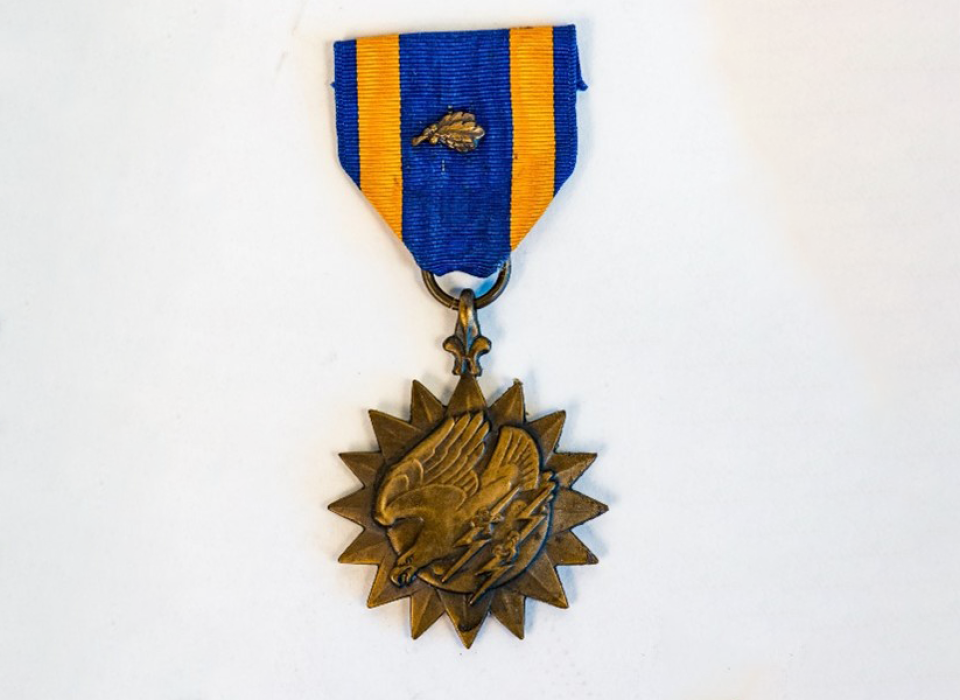

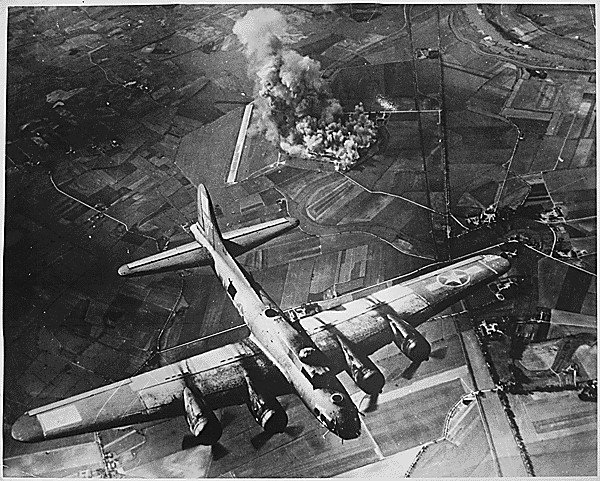
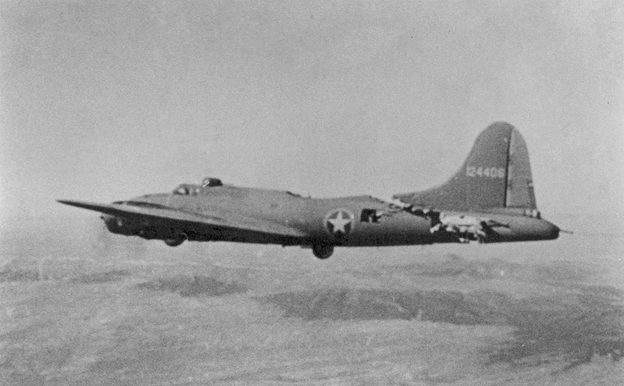

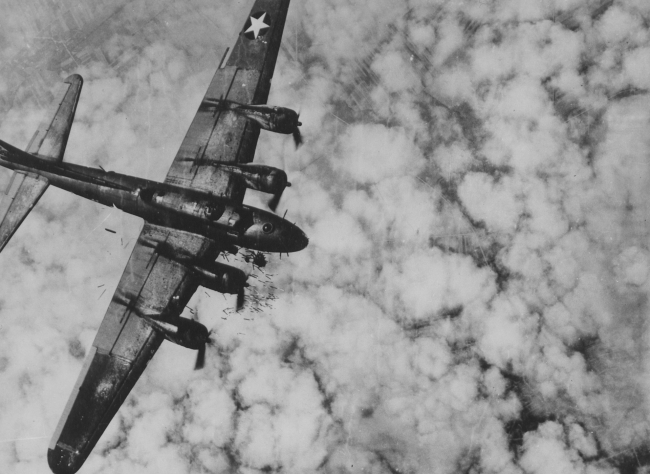
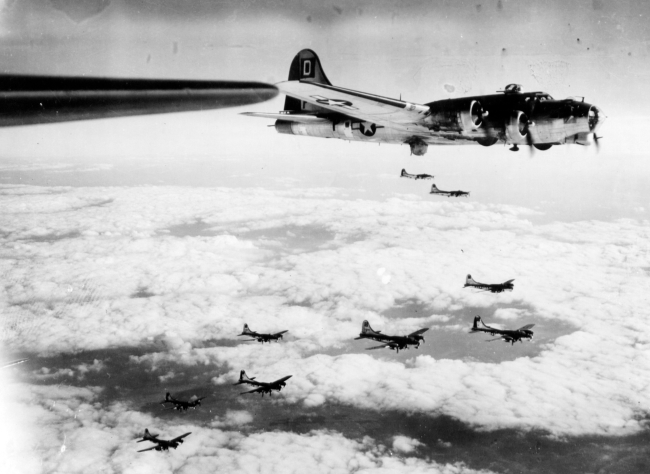
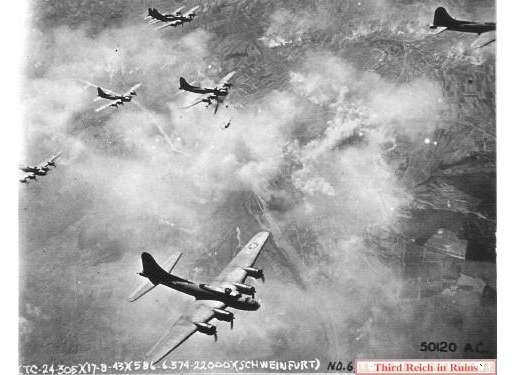
![Max Fuchs, New York City cantor, sings as Rabbi Sydney [sic] Lefkowitz, Richmond, VA, conducts the first Jewish services from Germany.](/sites/default/files/styles/max_650x650/public/2025-10/image1.jpg)






